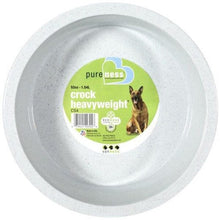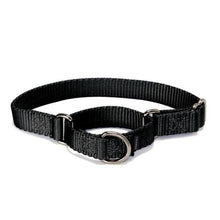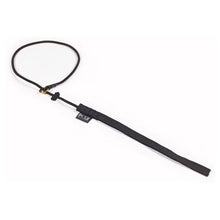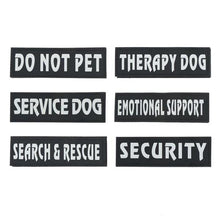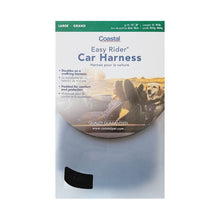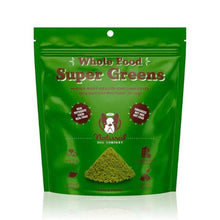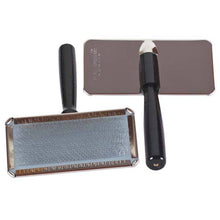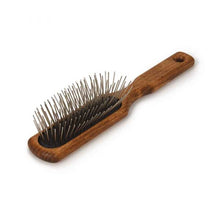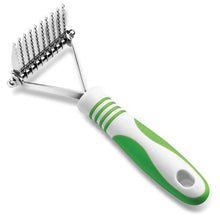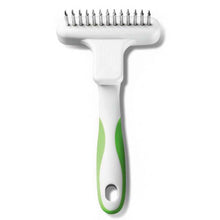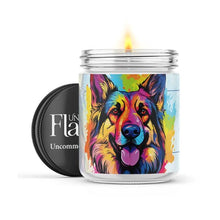How Much Food Should You Feed Your Dog, Puppy to Adult
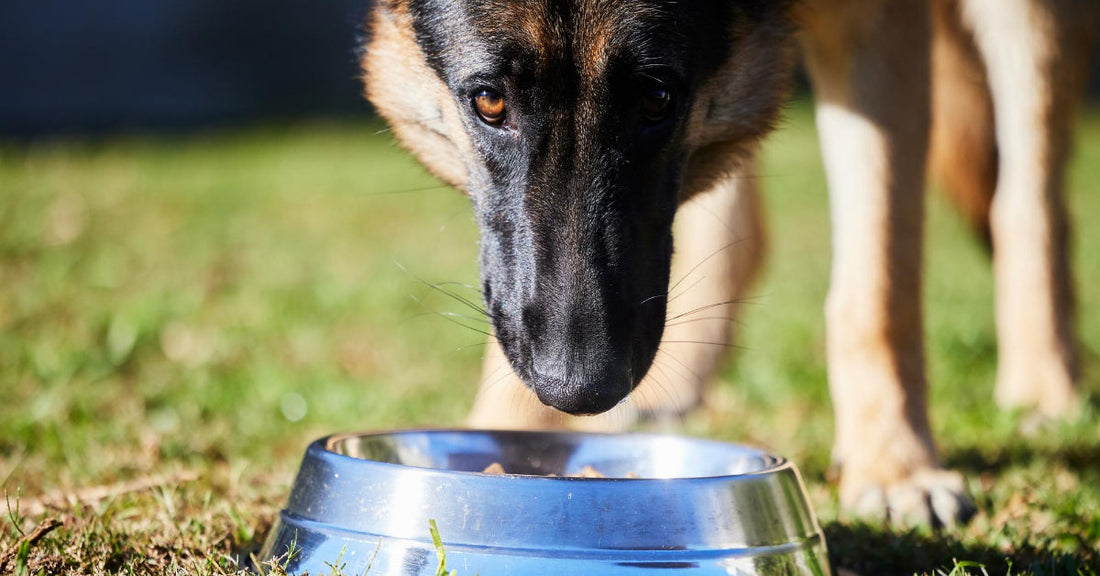
Knowing how much food to feed a dog isn’t as simple as it sounds. Since each dog is unique, their individual needs vary. Plus, their dietary needs change as they age, when their activity level increases or decreases, or their health status changes.
A dog’s weight can fluctuate throughout their life but maintaining a healthy weight for their size is important for their quality of life. The four most important considerations that will determine how much to feed a dog include:

Age
As dogs age, so do their nutritional needs. For instance, puppies burn off more calories and need specific nutritional needs for steady growth and development. Meanwhile, senior dogs expend much less energy but still require adequate protein intake but less fat and calories.
Activity Level
Highly active, working, or dogs involved in sports, require more calories than the average dog with normal activity levels. Since activity levels can also fluctuate seasonally, due to health issues, with the time and ability of their owners, or due to aging, their caloric intake may need to be adjusted up or down from time to time.

Weight
Maintaining a healthy weight is always the goal. Dogs that are at their ideal weight are healthier and less prone to injuries and can even live longer. When dogs are less active, they can gain when eating the same number of calories and then lose when activity increases. However, if they gain and lose for seemingly no reason, health concerns should be ruled out by a veterinarian.
Calories
Dog food calories or kcals vary between servings (usually measured by a cup). You should always read the food label. Never take the advice of someone who says, “Just feed two cups a day,” or something similar. For instance, compare the calories in these popular foods:
Purina Pro Plan Sport 30/20 is 484 calories a cup
Purina Pro Plan Sport All Life Stages 26/16 is 439 calories a cup
Inukshuk Professional 30/25 is 578 calories a cup
Inukshuk Professional 26/16 is 472 calories a cup
Inukshuk Marine 25 is 580 calories a cup
Instinct Be Natural Chicken is 428 calories a cup
First Mate Pacific Ocean Fish Meal is 484 calories a cup
Hills Sensitive Stomach and Skin is 392 calories a cup
Purina Pro Plan Sensitive Skin and Stomach Turkey and Oat is 439 calories a cup
Purina Pro Plan Weight Management is 330 calories a cup
Hills Perfect Weight is 299 calories a cup
Purina Pro Plan Bright Mind 7+ is 423 calories a cup
Purina Pro Plan Complete Essentials 7+ is 366 calories a cup
Annamaet Senior is 366 calories a cup
Purina Pro Plan Large Breed Puppy has 419 calories a cup
Nutro Large Breed Puppy has 379 calories a cup
Instinct Raw Boost Large Breed Puppy has 485 calories a cup
Hills Large Breed Puppy Lamb and Rice has 373 calories a cup

When you compare the calories per serving, it’s easy to see how easily you can underfeed or overfeed a dog. Weighing rather than measuring is also a more accurate way to portion food and will help ensure you’re feeding the right amount.
Dogs that are not very food motivated or that are highly active may need food with more calories, but care should be given that they’re not getting too much fat. That is why some foods designed for seniors have higher protein with less fat than some sports lines.
Also, some larger dogs like German shepherds may require fewer calories per pound of body weight compared to smaller dogs, unless the dog is a working dog or highly active or a hard keeper. For example, a 100-pound dog does not require ten times the calories as a 10-pound dog.

Meanwhile, a dog that needs to lose weight and loves to eat may benefit from a weight loss formula that has fewer calories per cup so that it can eat more volume. A dog that easily gains but loves to eat might also benefit, even if they are a healthy weight because they could eat more of it than that of a higher calorie food that equals the same number of calories per meal.
How Many Calories Does Your Dog Need A Day?
The recommended amount on the dog food label is just the starting point for each dog, but not a bad place to begin if you monitor weight. The label is usually the total amount for the day so if you feed twice a day, split the servings in half.
When adding wet food, simply figure out how many calories your dog should be eating a day and reduce the kibble by the number of calories of canned food you’re adding, assuming the wet food is complete and balanced. If it’s not, according to most veterinary nutritionists, an unbalanced topper should not be more than 10% of calories.

Another way to figure out how many calories your dog should be eating is to determine their “Resting Energy Requirement.” The formula for RER is:
RER = (30 x kg of weight) + 70
To keep this simple, we’ll use a 10-pound dog. First, you will need to convert 10 pounds to kilograms, which is 4.53 kilograms.
One kilogram is approximately equal to 2.2046226218 pounds. Conversion tools can be easily found online but you can also do this by dividing your dog’s weight by 2.2 (10 lbs. divided by 2.2 = 4.545 kg).
A 10-pound dog's RER would be:
(30 x 4.55) + 70 = 206.5 kcal

Then you figure out how many calories your dog needs by multiplying their RER by one of the following:
A puppy under, 4 months: 3.0
Puppy 4 months to adult (varies depending on size and breed) 2.0
Neutered adult normal activity 1.6
Intact adult normal activity 1.8
Light Work 2.0
Moderate work 3.0
Heavy work 4.0-8.0
Inactive/Obese prone 1.2-1.4
Weight gain 1.2-1.8

So again, using a 10-pound dog in the example:
Puppy
3-month-old puppy that weighs 10 pounds = 206.5 kcals x 3.0 (puppy under 4 months) = 619.5 kcal/day.
Now pretend that the 10-pound dog is a Chihuahua that should weigh 5-pounds:
Multiply 206.5 (kcals) x 1.0 (Inactive/obese prone) = 206.5 kcal per day.
As dogs grow and gain and lose weight, the calculations will need to change so reading labels is much easier than making conversions but if you’re having trouble maintaining a healthy weight, conversions are helpful.
It’s also important to note that puppy food labels have guidelines on how much to feed based on their adult weight. A German shepherd should eat large breed puppy food or all life stages food (ALS) that is for the growth and maintenance of adult large breed dogs until twelve to 18 months or as advised by your vet.

For more information on calculating calories, please visit
Pet Nutrition Alliance Calorie Calculator for Adult Dogs
Please note that if your dog is obese, the Cummings School of Veterinary Medicine recommends talking to your vet rather than using the calculator.
We hope you found this information helpful and informative. As always, please feel free to share with your friends.
You might also like: How To Feed Your Large Breed Dogs





